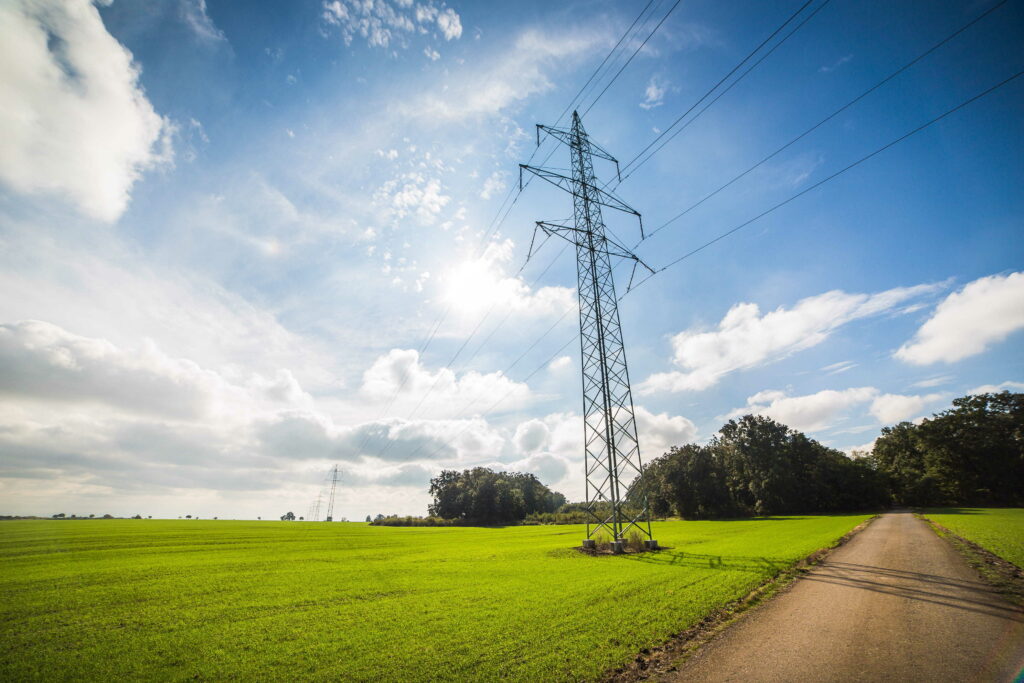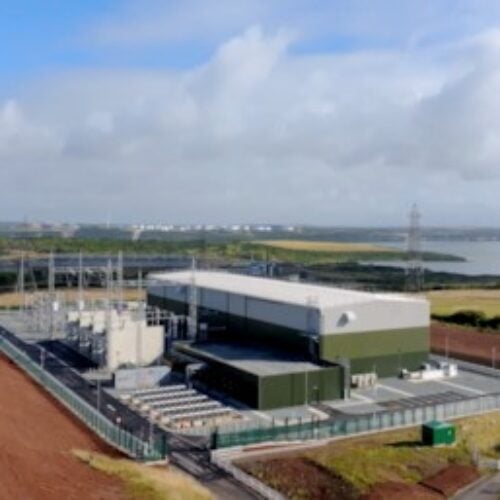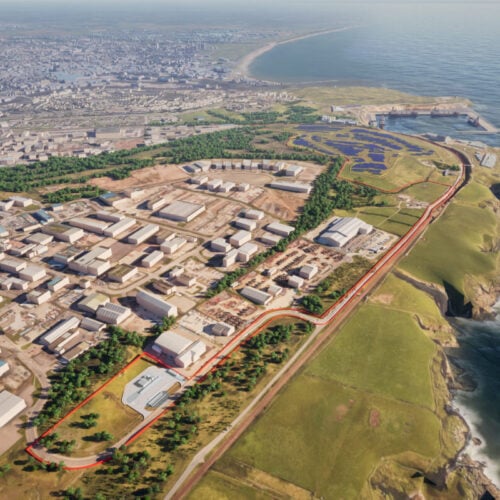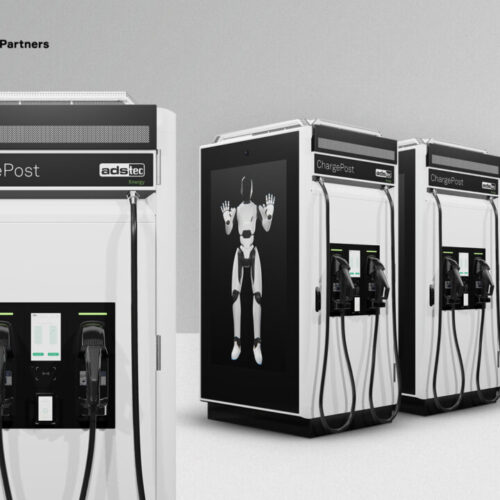The Energy Networks Association (ENA) has called on the UK government to update the British Energy Security Strategy to include the deliverance of an energy storage strategy by the end of 2023.
The industry body believes this commitment should be unveiled in the upcoming Spring Budget, which is scheduled to be released on 15 March 2023.
Energy storage is a crucial area for the UK to explore in a bid to not only achieve its net zero ambitions, but additionally to increase the flexibility options available to the grid. And with it able to store green energy for peak demands, it could be a critical component in the UK’s future energy system.
However, to truly unlock this budding sector, the ENA has defined that the UK must clearly define what business models will be developed to secure investment in seasonal energy storage. Doing so could help boost investment and innovation within the sector and support the UK’s long-term energy targets.
Cornwall Insight highlighted the need to scale investment within the energy storage sector. In May 2022, the organisation stated that nearly a fifth of the government’s total energy technologies investment must be spent on energy storage batteries between 2025 and 2030 to meet renewables targets.
The government is targeting up to 50GW of offshore wind by 2030, a target it raised in the British Energy Security Strategy.
While battery storage is set to grow in the immediate future with the T-4 2025/26 Capacity Market auction adding 2.6GW, Cornwall Insight said this upward trajectory will need to continue to meet energy market requirements.
Alongside a commitment for energy storage, the ENA also believes there must be a focus on unlocking private investment, through energy network companies, to build and transform energy network capacity.
Several commitments have been highlighted including regulatory reforms, accelerating investment in hydrogen network infrastructure, reforming land rights and consenting for energy network infrastructure.
Regulatory reforms would include updating Ofgem’s remit to incorporate the government’s net zero targets as set out in the 2008 Climate Change Act. This includes reducing greenhouse gas emissions by at least 100% of 1990 levels by 2050. Doing so will increase confidence in achieving net zero goals and support long-term strategies.
As well as this, the government should offer guidance to Ofgem to unlock strategic energy network infrastructure investment via a strategy and policy statement.
An emphasis on hydrogen should also be included in the upcoming Spring Budget with its ability to unlock decarbonisation in a variety of hard-to-abate sectors. The ENA said that accelerating the development of a regulated asset base business model for hydrogen network infrastructure should be pursued, with an interim measure introduced until that business model is finalised.
A business model should also be developed to support the blending of hydrogen into gas networks by hydrogen producers. Both of these measures could help the UK achieve its 2030 hydrogen production targets set out in the British Energy Security Strategy.
The ENA also called on the government to rectify the planning systems in place for the energy networks. For this, the organisation called for the reforming the Planning and Electricity Acts to permit timely and cost-effective installation and maintenance of electricity infrastructure.
Alongside this, the ENA stated that there needs to be increasing confidence in innovation funding to boost the energy network infrastructure ahead of the mass inclusion of renewable energy projects entering the UK energy system.
Confidence for this could be achieved by confirming the extension of the Network Innovation Allowance beyond 2026 or by confirming the government’s intention to develop a successor allowance of a similar nature.
The Spring Budget must also include commitments in growing new smart energy markets to maximise energy network infrastructure capacity, the ENA said.
This could be achieved in a range of different ways. One includes introducing new financial support, allowances, incentives or business models to reduce the upfront costs of smart behind the meter low-carbon technologies for households and businesses.
Alongside this, the government should also look to ensure new low-carbon technologies in homes and businesses installed are smart to ensure they can take part in flexibility markets. The final measure should look to introduce a licence requirement on energy suppliers to offer flexibility services to households.






